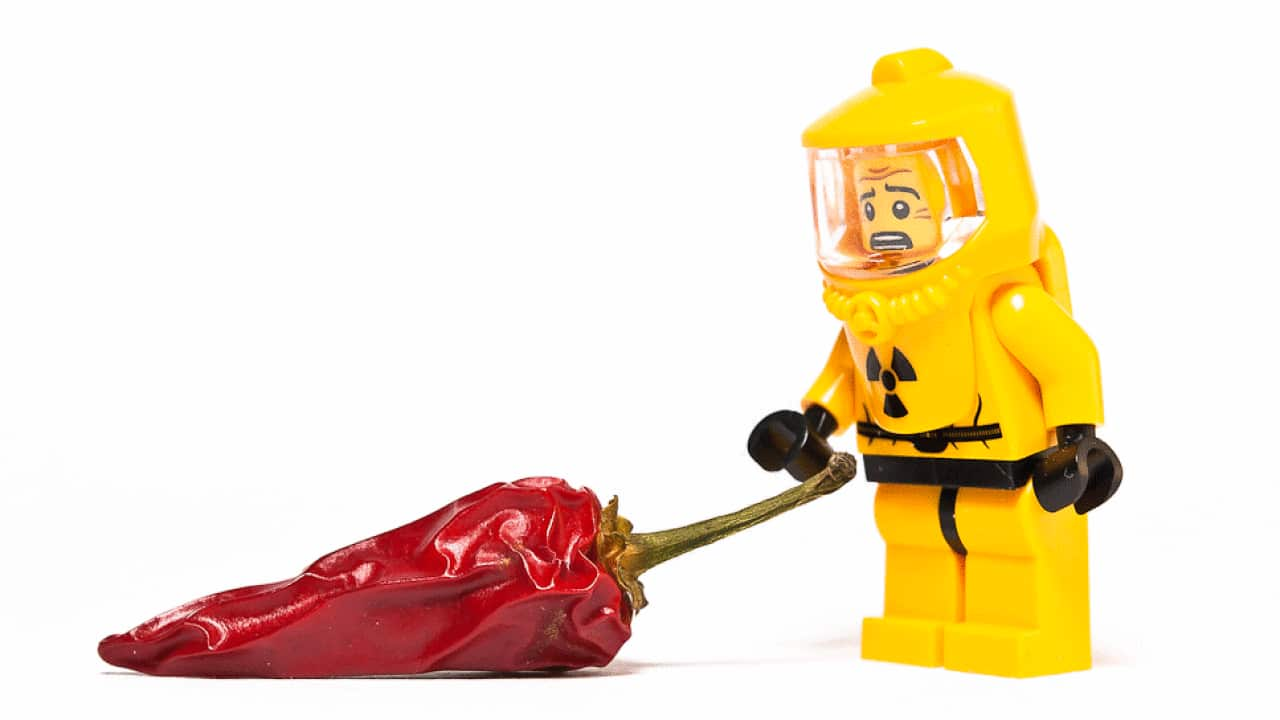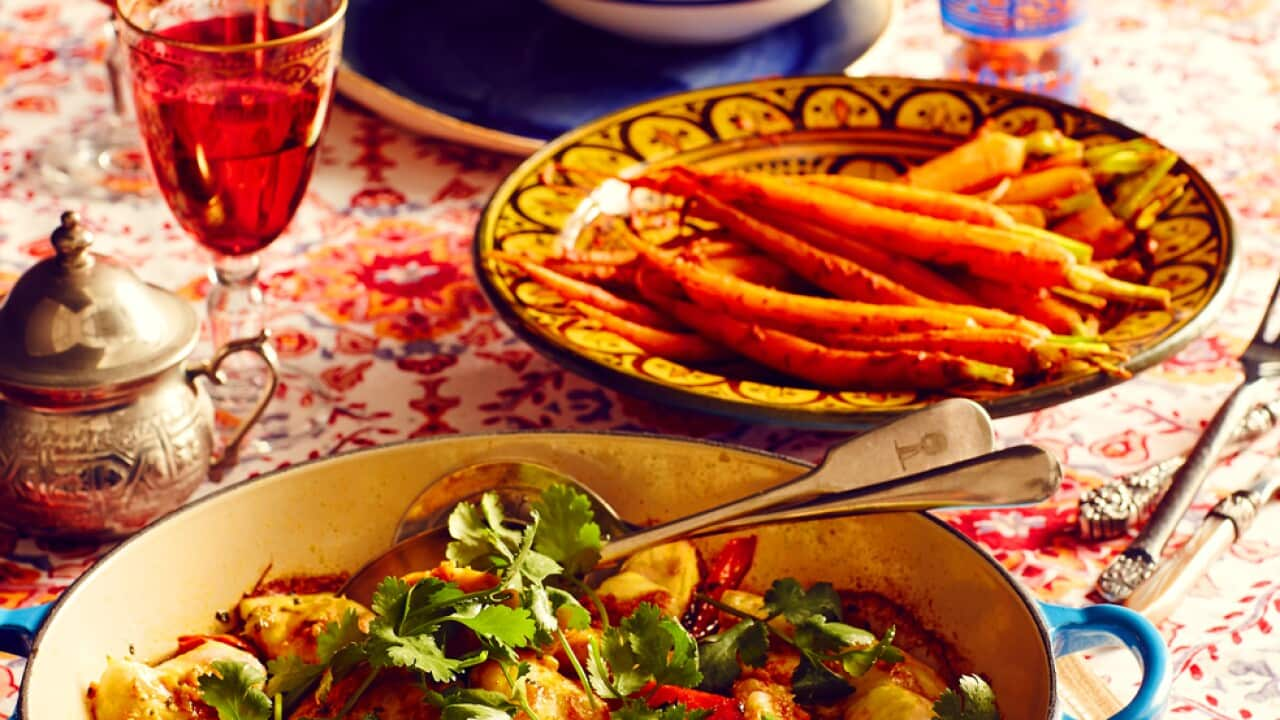If you’ve ever tasted a really hot chilli you’ll know just how potent the effects can be. The burning heat sensation on the lips, on the tongue – and if you are not careful, on other more sensitive areas, such as the eyes – can be severe and last for a painfully long time.
The chemical that causes this effect is , one of a host of very similar compounds, collectively known as capsaicinoids, all of which contribute to the taste and effects. Chilli fruits vary enormously in their pungency – in other words, how much capsaicinoid is present – and it is useful to have a reliable guide to what you’re putting in your mouth.
The first person to try to assess this scientifically was an American pharmacist working at the start of the 20th century, . If the name rings a bell, it is because chillies are now commonly on the “Scoville” scale.
In 1912, Scoville didn’t have access to modern analytical equipment, so he did the next best thing – he used the human taste bud. His method was, in essence, very simple. He dried the chillies, ground them to a powder and macerated a grain of the powder overnight in alcohol. The resulting alcoholic solution was then diluted sequentially with sugared water: 1ml of solution diluted in 100 ml of water, then 2ml in 100ml, and so on. Starting with the most dilute, the solutions were then tasted, until “a distinct but weak pungency is perceptible on the tongue”.
This level of dilution would become the Scoville rating for that chilli. The higher the level of capsaicinoids present in the chilli, the more the alcohol solution would need to be diluted, and thus the higher the Scoville rating.
There are obvious limitations to this method, not least that everyone’s taste buds are different, and any two people tasting the same solution may perceive them very differently. To some extent this can be overcome by using a panel of testers, and take the point at which the majority agree that a solution has detectable pungency.
Now some of this may some a bit familiar. Doesn’t all this talk of multiple dilutions sound a bit like ? Well, Scoville’s method, while imperfect, is at least an attempt at a scientific method. Homeopathy, on the other hand, is simply nonsense.
In any event, chillies are now examined using high performance to accurately determine the level of capsaicin and dihydrocapsaicin (the two most prevalent capsaicinoids). These levels can be reported in a variety of ways, such as the pungency rating, but are usually converted to Scoville’s scale by assuming that pure capsaicin would have a Scoville rating of 16m.
Getting hotter
In the last 20 years, there have been increasingly heated attempts to produce the hottest chilli on the planet, a title currently held by the Carolina Reaper, which has an eye-watering rating of 2.2m Scovilles. It was created by in a greenhouse in South Carolina, and is described as having a “”.
The increase in the level of heat in the chilli has been achieved by selective breeding, but other factors affect how hot a chilli fruit will be, too.
A showed that when chilli plants are subjected to drought conditions they tend to accumulate more capsaicin than plants grown under normal conditions. But this only holds for chillies that are either mild or moderately hot. Some chilli growers also believe that predation by animals will cause chillies to produce hotter fruits, to deter further attacks.
If you can’t stand the heat...
In order to test some of these hypotheses, I took part in a recent trial at the in which we grew three types of chillies in three different conditions: well looked after, pest damaged and nutrient deprived. Measurement of the levels of capsaicinoids in the resulting fruit gave some tantalising results. Notably that the pest-damaged plants did show a small increase in the levels, while the nutrient-starved plants produced less.
We also observed something unexpected. Considering the levels of heat at early, middle and late stages of the experiment we showed that two different species of chilli behaved very differently. The jalapeño (a capsicum annum), produced its hottest fruit, under any conditions, in young plants, with the levels dropping as the plant matured. Conversely, the Madre Vieja (a capsicum baccatum) showed a slow but steady increase in heat as the plant aged.
Clearly, the art of getting a chilli to be as hot as possible is not simple, and there is more research to be done. It’s thirsty work, but someone’s got to do it.
is Senior NMR Spectroscopist, University of Bath. This article originally appeared on The Conversation. Read the original .






